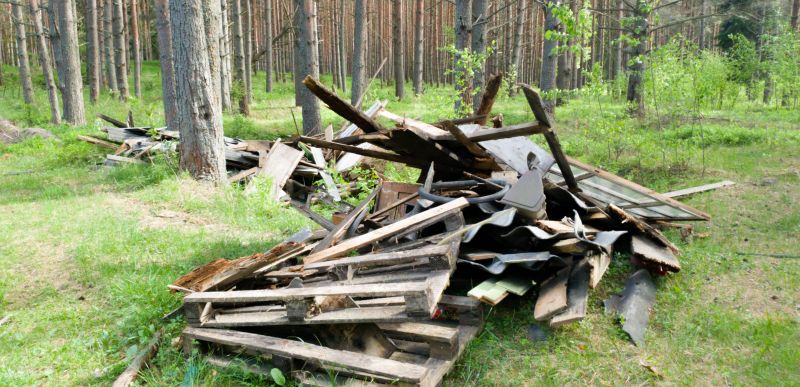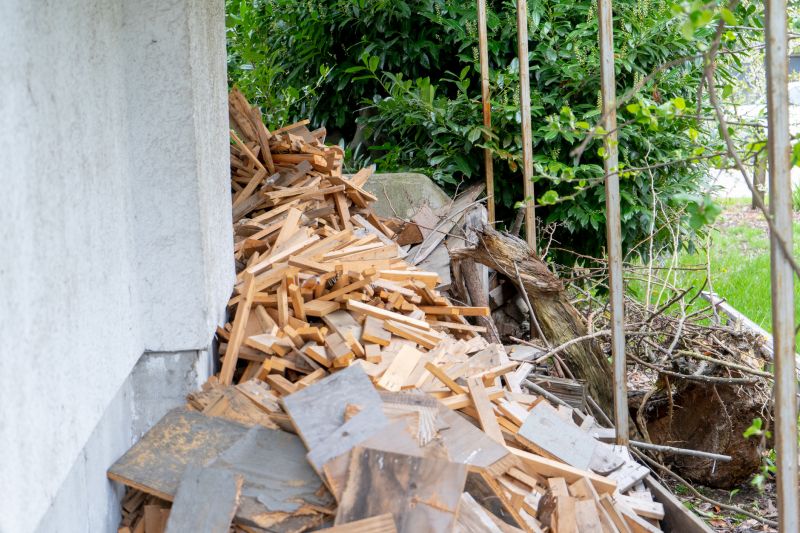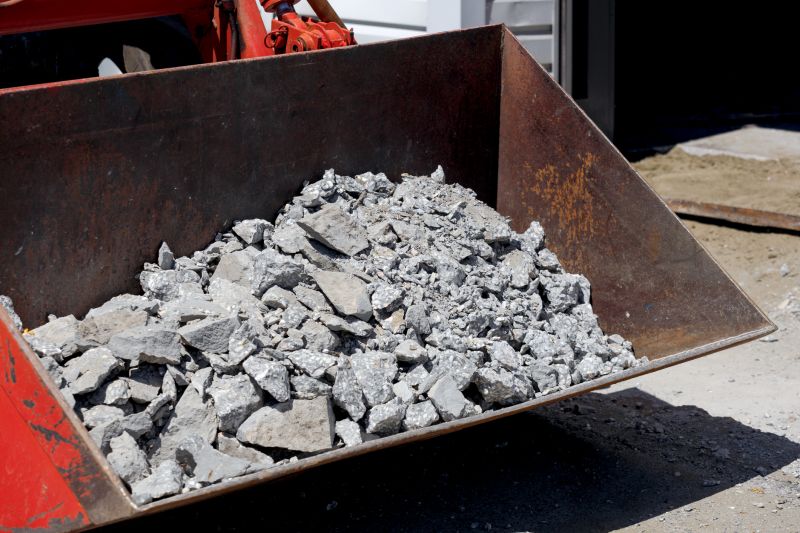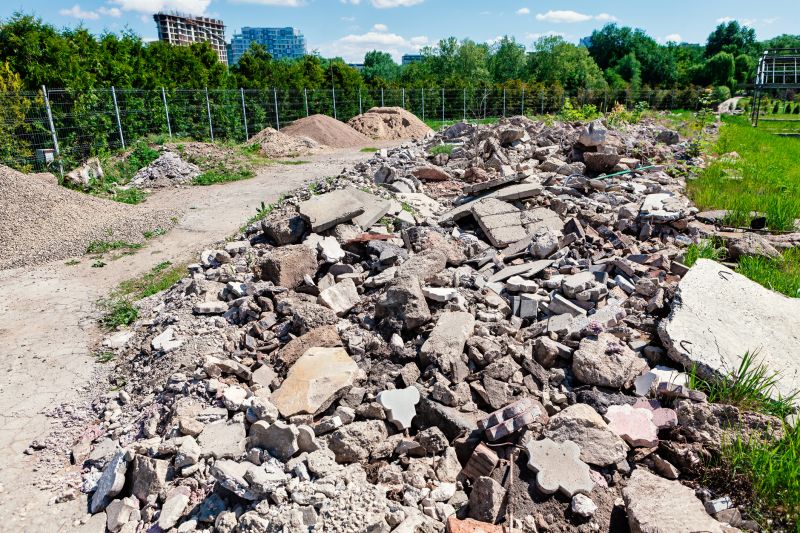Optimal Timing for Debris Pile Removal
Debris pile removals are most effective when scheduled during specific times of the year, depending on weather conditions and local regulations. Optimal periods typically include dry seasons when access is easier and the risk of weather-related delays is minimized. Choosing the right time can ensure safety, efficiency, and cost-effectiveness.
Spring often offers favorable weather conditions for debris removal, with longer daylight hours and milder temperatures, making it suitable for large-scale projects.
Summer can be ideal due to dry weather, but high temperatures may require additional safety precautions for workers.
Fall provides cooler temperatures and less precipitation, which can be advantageous for debris pile removals before winter.
Winter may pose challenges such as snow and ice, which can hinder access and increase safety risks, making it less suitable for debris removal activities.

Image depicting debris removal during spring with clear weather and active equipment.

Image showing debris removal in summer with workers in protective gear under bright sunlight.

Image illustrating debris removal in fall with fallen leaves and manageable weather conditions.

Ways to make Debris Pile Removals work in tight or awkward layouts.

Popular materials for Debris Pile Removals and why they hold up over time.

Simple add-ons that improve Debris Pile Removals without blowing the budget.
Debris pile removals involve clearing accumulated waste, fallen branches, construction debris, or other materials that can pose safety hazards or obstruct property access. Proper timing ensures that the removal process is efficient, minimizes disruption, and aligns with seasonal weather patterns. Accurate scheduling can prevent delays caused by adverse conditions, such as heavy rain or snow, which can complicate access and increase operational risks.

Image of machinery used for debris pile removal, including loaders and trucks.

Image of workers safely managing debris removal operations.

Image showing a cleared area after debris removal, emphasizing cleanliness and safety.

Image of large debris loads being transported away from the site.

High-end options that actually feel worth it for Debris Pile Removals.

Finishes and colors that play nicely with Debris Pile Removals.

Little measurements that prevent headaches on Debris Pile Removals day.

A 60-second routine that keeps Debris Pile Removals looking new.
| Season | Optimal Conditions |
|---|---|
| Spring | Mild temperatures, longer days, less rain |
| Summer | Dry weather, high temperatures, longer daylight |
| Fall | Cooler temperatures, less precipitation |
| Winter | Snow and ice, access challenges |
Choosing the appropriate time for debris pile removals depends on local climate patterns and project scope. Proper planning can reduce operational costs and improve safety outcomes. Monitoring weather forecasts and seasonal trends helps in scheduling operations during periods with minimal disruptions.



